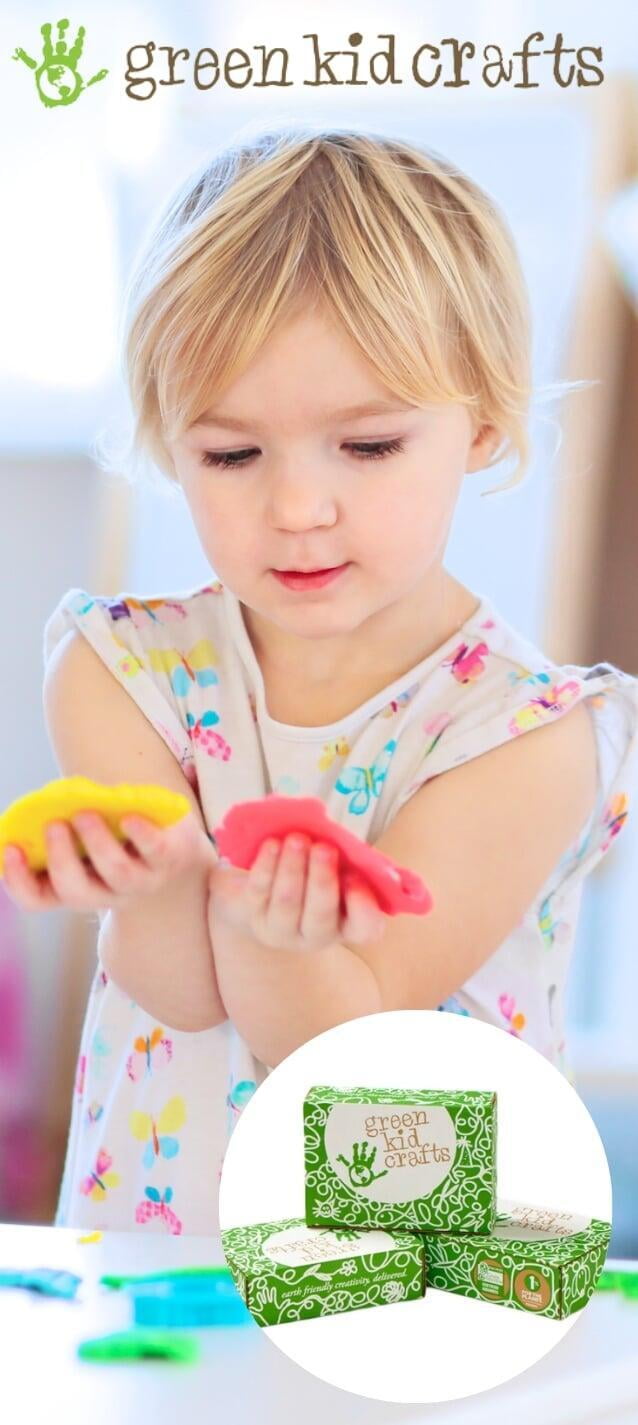3 Positive Discipline Techniques
3 Positive Discipline Techniques
When you punish your child by telling them not to do something, you teach them fear. Fear of punishment is a negative motivation for your child. This isn’t to say you should let your child do whatever they want. The Montessori method offers a compelling alternative to punishment: positive discipline.
This blog covers three simple alternate techniques in which you can replace fear with positive discipline to better your child's behavior and decision making. Positive discipline creates internal motivation wherein the child learns how to behave appropriately and take responsibility for their actions.
#1: Model respect for your child.
The basis of positive discipline is mutual respect. When your child has big feelings about boundaries you're setting, don't dismiss them. Get on their level, imagine what it was like when you were a child and an adult didn't take you seriously - pretty frustrating, right?
Imagine this scenario: Your child wants to play video games with their friends online, but they have already used their allotted screen time for the day. They throw a massive tantrum and won't settle down.
Try saying this, "I care that your friends are all online right now, I also don't enjoy feeling left out. I understand how this feels for you and the answer is still no." Instead of invalidating their feelings, make sure they feel heard and respected while demonstrating calm behavior.

#2: Remind instead of command.
You probably don't have to work hard to imagine this scenario: Your child is running in the house. Instead of, "Walk!!!" try reminding your child of appropriate behavior using an "In our home, we..." statement. "In our home, we walk indoors.”
Using a phrase that begins with "In our home, we..." reminds a child of the desired behavior or rule. Reminding in this way is usually much more effective than issuing commands.
Phrasing it as a we statement signals to the child that the family is a team or community. It helps to associate the desired behavior with the innate human desire to belong.
It also provides an opportunity for discussion. Your child may signal that they were not aware of the behavior expectation or they do not recognize or understand the reason for the rule. Avoid shaming your child if they do not understand the basis for the rule. Calmly explain the negative consequences that can result from the undesired behavior as if for the very first time.
#3: Offer to show your child.
Approaches like spanking, yelling, or even putting your child in time out do not teach your child how to do better next time. The do often trigger a rise in the stress hormone cortisol, which interferes with cognitive function and the ability to store and retrieve information. Not ideal when you would like your child to learn a life lesson.
Offer to show your child Instead. Following the example of running indoors, after the reminder and conversation, you could ask your child, “May I show how?” This small request for permission can do amazing things. It can deepen the child's sense that you are a team. It can pique a child's curiosity. "I wonder what mommy would look like doing that..." Show your child some cool, graceful indoor walking. Children often reflexively repeat the action that was just modeled for them, especially after they have given agreement to the demonstration - no power struggle needed. Your child may spend the rest of the day modeling your behavior in an exaggerated way.
So the next time your child is cleaning up by throwing things into a bin from across the room, remind them, "In our home, we treat things with care and appreciation." Calmly inform of potential negative consequences of throwing toys if necessary, and finally offer to demonstrate, "May I show you how?"
Remember to keep it cool always.




